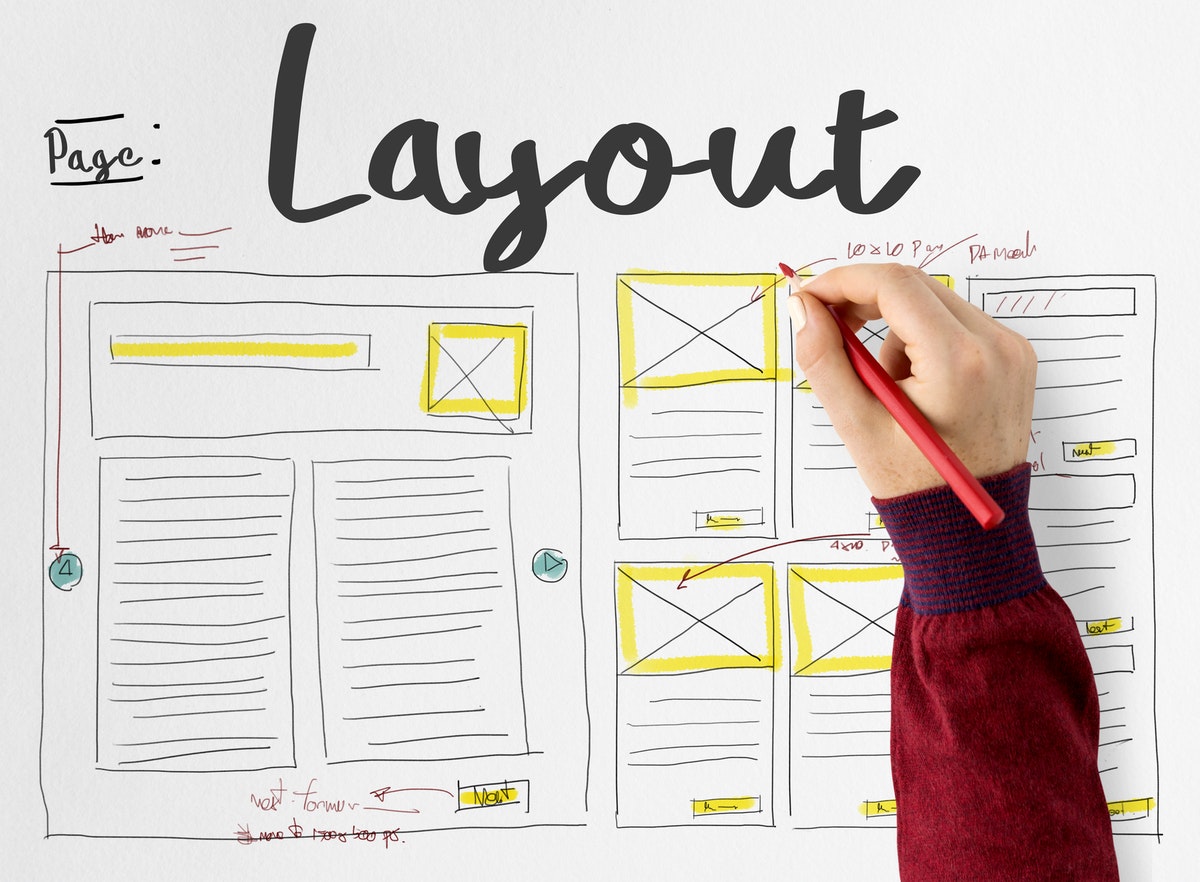When you’re building something, you need a relatively simple way to convey the creation to stakeholders. In the world of architecture, that’s a blueprint. In the tech space, it’s a wireframe. Wondering what wire and frames have to do with applications and webpages? Not to worry; we’re breaking everything down for you below.
A quick breakdown of wireframes
A wireframe has nothing to do with wires, but it does offer framing in the sense of organizing ideas, content, elements, and systems. This two-dimensional layout presents the bare bones of a webpage or application. It serves as a point of reference for the information contained on the page or app and gives an outline of its structure.
Here’s the thing about wireframes: they’re not set in stone. In fact, they’re a living document designed to change as you collect information and feedback throughout the design process. Wireframes are an effective tool for gathering feedback as stakeholders can review the visual, textual, and structural elements simultaneously.
Generally speaking, a wireframe is more akin to a sketch than a prototype. They won’t include every detail or interaction possible but will focus on the visual flow of the app or page. Most wireframes fall into one of these categories:
- Hand-drawn sketch: Made with a pen, paper, and maybe a ruler. The most basic of all wireframes.
- Low-fidelity: These wireframes have simple schematics and a grayscale color palette.
- Mid-fidelity: A step up from lo-fi, mid-fidelity wireframes also contain grid, scale, and pixel elements.
- High fidelity: This version will likely include branding and user interface (UI) and look more like a “real” app or webpage.
Related: 7 Reasons to Invest in Dual Monitors
Who uses wireframes?
Just like the blueprint of a building, a wireframe describes details clearly and specifically while giving the builders (designers, developers, and stakeholders) an overview of the project. They are typically designed by information architects and UX designers.
Their simple nature allows collaborators to focus on the app or webpage’s overall function and layout. Anyone who needs to be involved in the creation of an application or webpage can benefit from the logic of a wireframe.

What can you do with a wireframe?
Lack of communication can quickly derail any project. This is especially true in tech where departments may have different expectations of how the app or webpage in question should function. Wireframes help to move the project forward and avoid roadblocks caused by misalignment. With wireframes, each stakeholder can align to the business objective and determine if the proposed design meets that objective. You can come to an agreement as to what’s working and what needs to be changed.
Depending on your project, you may review wireframes in the ideation or validation phase. In the ideation phase, iteration is the goal. The creator of the wireframe will want to get as much feedback from stakeholders as possible. They will then create multiple versions of the concepts (that’s the iterating part) to narrow down potential solutions.
In the validation phase, wireframes serve as a conversation piece. Each stakeholder provides feedback to improve the concept at hand. In this stage, the wireframe isn’t a finished product but should be refined enough to demonstrate whether the proposed solution meets the business objective.
At Vibe, we know how crucial it is to get your concepts in front of others quickly. With our interactive whiteboard, you can design, sketch, and conceptualize on an infinite canvas for more effective collaboration. To learn more about Vibe’s real-time collaboration solution, see Vibe in action for yourself!
